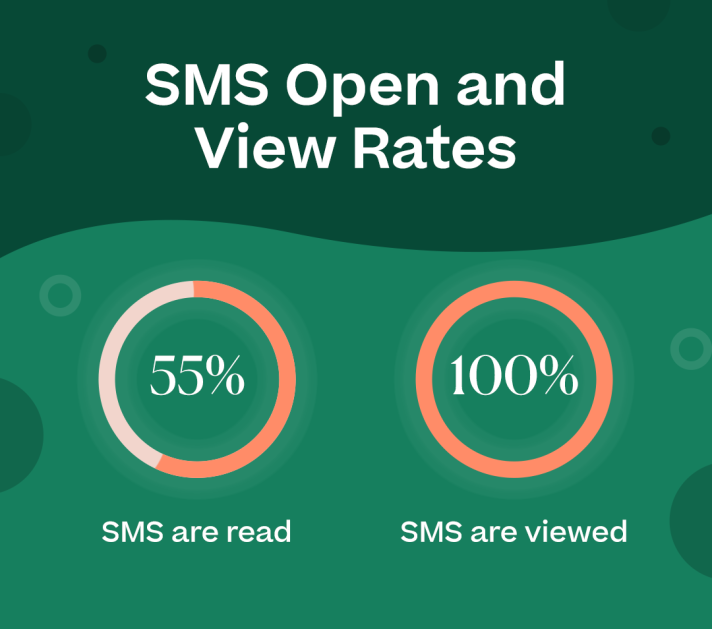
The future of cross-border e-commerce hinges on local, on-demand production to meet evolving demands from lawmakers, regulators, consumers, and businesses. This approach aims to alleviate supply chain stress while advancing sustainability efforts.
Supply chains remain fragile, facing persistent challenges like global conflict, trade barriers, and extreme weather. These disruptions, coupled with delays in critical transportation routes, are stalling the international marketplace, according to Henrik Müller-Hansen, CEO of print-on-demand software company Gelato.
Müller-Hansen has a plan to solve those issues, enable more cross-border sales expansion, and help locales ease their aggressive CO2 levels. Shifting to local and on-demand production and delivery services reduces this stress and fosters collaboration among businesses that need one another to succeed, he suggested.
“Supply chain disruptions have become increasingly complicated since the pandemic, with extreme weather and global conflict bottlenecking the Red Sea and Panama Canal, among other crucial transportation avenues that heavily impact international shipping — hurdles that won’t be solved overnight,” he told The E-Commerce Times.
HTwenty, an early-stage venture firm investing in pre-seed, seed, and series A tech companies across Latin America and the U.S. Hispanic population, is tackling cross-border e-commerce growth from a different angle, by capitalizing on the rapid expansion of the Latin American market.
According to Daniel Lloreda, co-founder of HTwenty, countries like Mexico and Colombia are experiencing significant online sales growth—24% and 12%, respectively—driven not only by rising numbers but by the simultaneous evolution of native products, infrastructure, and services in the region.
Solving Supply Chain Hurdles for Makers
Gelato enables creators to produce personalized products locally, offering a practical solution for navigating supply chain inefficiencies. Since rebranding from OptimalPrint in 2007, the company has built a global network of more than 140 partners across 32 countries, reaching five billion consumers. This infrastructure gives makers a strategic advantage by reducing logistical hurdles and inventory challenges.
- The Best WordPress Page Builder Plugins for Creating Stunning and Customizable Layouts: If you are seeking to improve the appearance of your WordPress site with visually appealing and customizable layouts, page builder plugins offer a valuable solution. This article aims to delve into the concept of WordPress page builder plugins, outlining the reasons for their utility, and presenting a selection of top-rated options such as Elementor, Beaver Builder, Divi Builder, Visual Composer, and Thrive Architect.
- A Basic Guide to Designing a Multilingual Website: Whether your goal is to generate significant revenue or to establish a robust international community, it’s crucial to consider several design elements from the outset. These elements will ensure your website is versatile and can be easily adapted to meet various international standards. Creating foreign-language versions of your site involves more than simple translation; proper localization is necessary before your launch, and early planning can significantly simplify this process.
- 5 Different Types of Shell Commands in Linux: When it comes to gaining absolute control over your Linux system, then nothing comes close to the command line interface (CLI). In order to become a Linux power user, one must understand the different types of shell commands and the appropriate ways of using them from the terminal. In Linux, there are several types of commands, and for a new Linux user, knowing the meaning of different commands enables efficient and precise usage. Therefore, in this article, we shall walk through the various classifications of shell commands in Linux.
- Bare Metal as a Service: Direct access to physical servers: In the evolving landscape of cloud computing, businesses are continually seeking more robust and customisable solutions to meet their unique needs. One such solution that has gained prominence is Bare Metal as a Service (BMaaS). This model offers direct access to physical servers, providing enhanced performance, security, and flexibility. Let’s delve deeper into what BMaaS is and why it might be the right choice for your organisation.
“We’ve built relationships with a global community of print producers who have shared their insights on the industry’s evolution, which has been key to Gelato’s growth. Over time, we recognized the opportunity to leverage this network to benefit creators and makers,” Müller-Hansen shared.
By reducing reliance on centralized mass production, Gelato’s model empowers local production shops to meet e-commerce demands and reduces emissions, contributing to sustainability. This approach helps makers avoid supply chain disruptions while addressing key environmental concerns.
Building Cross-Border Production Networks
One element the shipping industry can control is managing its supply chains to increase resilience and long-term sustainability. Getting to the root of these collective hurdles will require fresh systems to move away from forecasting models and engage local production hubs, Müller-Hansen explained.
“For creators and e-commerce businesses looking to reach global customers, working with a company like Gelato eases these challenges with a commitment to local suppliers,” he offered.
The software company side of Gelato puts production companies through a rigorous certification process to become a network partner. Once they are approved, they become part of the global ecosystem.
The network provides makers and other e-commerce businesses with a more sustainable way to manufacture and distribute products. Gelato’s software, which connects the largest network of on-demand production hubs, allows products to be locally and efficiently produced where and when needed, reducing waste, errors, transportation times, and carbon emissions.
“On top of that, it moves makers away from a forecasting model and centralized mass production to the on-demand model. If we produce goods only when ordered, that is another step in the right direction for the planet,” Müller-Hansen said.
Shift to On-Demand Production
Consumers worldwide are reshaping traditional production methods. Their preferences and choices have become the most significant force driving change, ultimately determining the direction of entire industries.
Who does not want local production of personalized products, he quipped. His network of production partners empowers the creator economy to go global. Orders from an e-commerce company are routed to the production facility closest to the end consumer.
With Gelato, 99% of products are produced and delivered within the same region as the end customer, and 87% are within the same country. Additionally, Gelato is the largest on-demand network in the world, according to the company’s founder.
“With an on-demand model, a product is only made when it is sold, perfectly matching supply with demand and negating the need for mass production,” he observed.
Scalable Model for Efficient Local Production
Take the printing needs as an example; according to Müller-Hansen, the average print run has been reduced from more than 3,000 items per print to fewer than 30 in the last two decades. This reduction pressured print producers to fulfill individual requests while remaining profitable.
“With local, on-demand production, we equip entrepreneurs and business owners with the tools they need to compete with companies 100 times their size,” he said. “Gelato print producers can quickly access economies of scale and streamline operations, allowing software to organize tasks and improve efficiency, quality, and profitability.”
The Gelato network applies that same approach to other production needs, he continued. Gelato makes it possible for makers to sell their products and deliver them faster with fewer emissions. With Gelato’s purpose-built print production software, millions of highly personalized items across about 50 product categories have been delivered to customers worldwide for over 15 years.
“We’ve reduced costs for our print production partners across procurement and logistics,” Müller-Hansen said.
GelatoConnect supports machine types for procurement, workflow, and logistics modules, adding efficiency to the entire process. Workflow automates prepress and reduces raw material costs and stock needs.
It ensures that jobs are followed through every step of their production journey. Logistics offers access to a wider array of local and international carriers, with the right package (size, location) being matched automatically to the right method, he explained.
“Finally, procurement will take your supply chain and stock management to a new level. Aggregated buying is just smarter. And with this, we’re lowering the barrier to entry for creators and entrepreneurs everywhere by giving them the production costs and delivery speed of large e-commerce sellers without the same upfront investment,” Müller-Hansen asserted.



![11 Best Fulfillment Companies For Ecommerce Brands [2024]](https://megaopencarthosting.com/wp-content/uploads/2024/07/11-best-fulfillment-companies-for-ecommerce-brands-2024-768x402.jpg)

